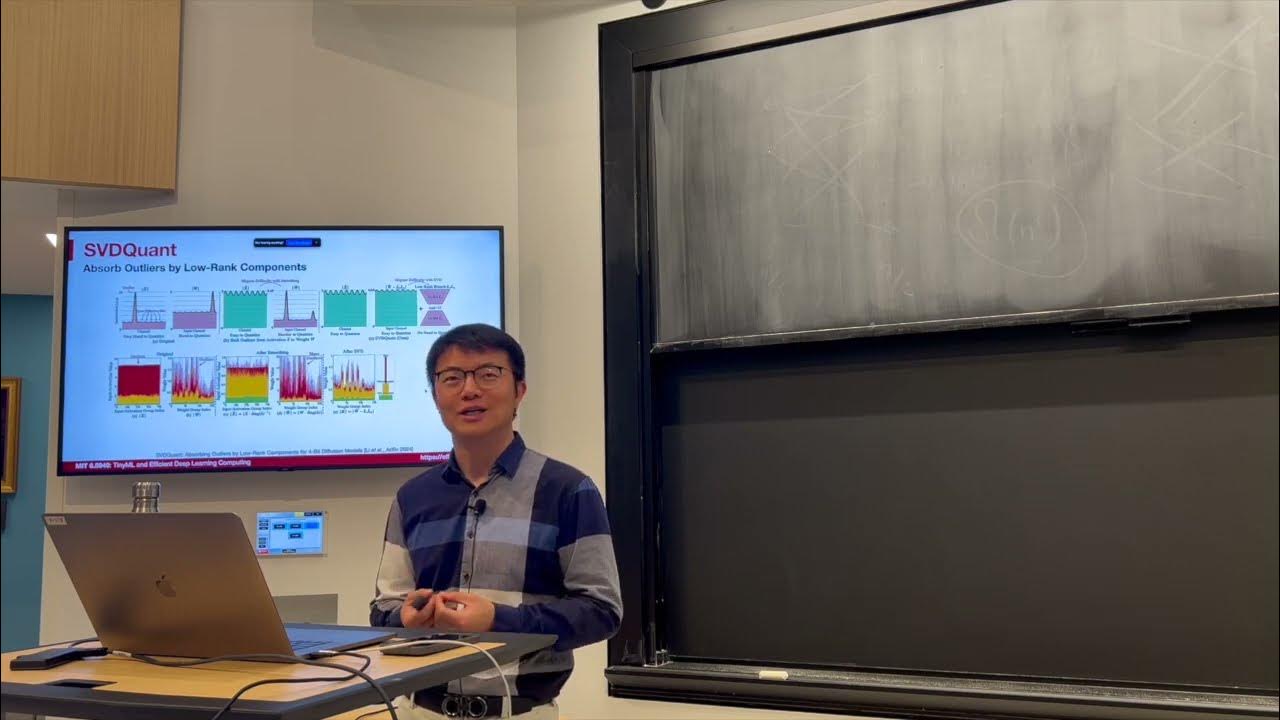【ソニー社内講演】拡散モデルと基盤モデル(2023年研究動向)
Summary
TLDRThe speaker from Sony Research introduces the relationship between diffusion models and foundation models in AI, focusing on recent trends in 2023. They discuss how diffusion models, used for generating images from text, can be enhanced by foundation models like GPT. The presentation covers four main topics: using foundation models to improve diffusion model performance, incorporating diffusion models into AI agents like chatbots, efficient fine-tuning methods for foundation models, and multimodal data generation across different domains like images, text, and audio. Examples include systems like DALL-E 3 for detailed text-to-image generation and Visual Chat GPT for image manipulation through natural language. The talk concludes with an exploration of unified and composable approaches to multimodal data generation, highlighting the flexibility and efficiency of these advanced AI techniques.
Please replace the link and try again.
Please replace the link and try again.
Outlines

This section is available to paid users only. Please upgrade to access this part.
Upgrade NowMindmap

This section is available to paid users only. Please upgrade to access this part.
Upgrade NowKeywords

This section is available to paid users only. Please upgrade to access this part.
Upgrade NowHighlights

This section is available to paid users only. Please upgrade to access this part.
Upgrade NowTranscripts

This section is available to paid users only. Please upgrade to access this part.
Upgrade Now5.0 / 5 (0 votes)





